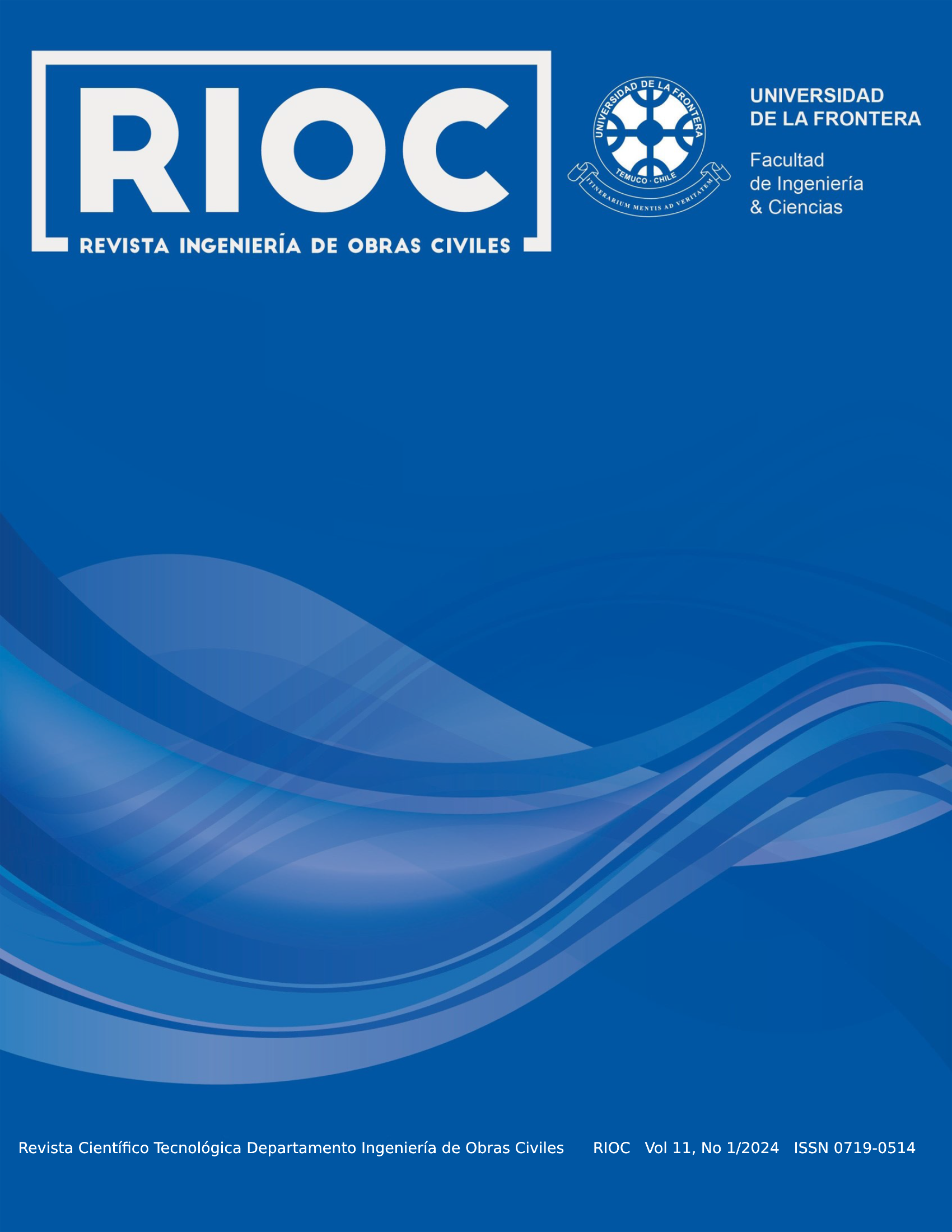Evaluation of Natural Zeolite, Volcanic Ash, Brick Dust, Nano Silica Particles and Recycled Aggregates in the Desing of Aiport Pavements in FAARFIELD 2.0
Keywords:
Airport pavement, Natural zeolite, Volcanic ash, Brick dust, Mano silica, Recycled aggregates, Nano silica, FAARFIELD 2.0, CO2 emissionsAbstract
The design of flexible and rigid airport pavements is evaluated using both traditional and unconventional materials in their mixtures, utilizing the FAARFIELD 2.0 software, and based on academic studies that analyze the use of these materials in pavement mixtures, as well as information provided by the Dirección de Aeropuertos regarding existing pavement structures in need of redesign. It is verified that the mixtures used comply with the requirements established by national regulations for their use in airport pavements. The general objective is to assess the design feasibility of these mixtures in FAARFIELD 2.0, following the provisions of current international regulations. With determined structural thicknesses and CO2/m³ emission factors associated with the production of concrete mixtures, the total CO2 emissions are calculated for 1 m³ of each mixture and for the total amount of material required for its hypothetical implementation in a rigid pavement structure. The evaluated mixtures consider Chilean natural zeolite + RAP for flexible pavements, and brick dust + RCA, volcanic ash + RCA, and silica nanoparticles for rigid pavements. A traditional concrete mixture is used as a reference to compare CO2 emission results. The results obtained indicate the feasibility of modeling these materials in FAARFIELD 2.0, although further studies are required to determine their optimal level of use and achieve efficient designs. Additionally, the importance of updating national regulations to govern the use of these materials in airport pavements is emphasized.
Downloads
Downloads
Published
How to Cite
Issue
Section
License
Copyright (c) 2024 Blas Quezada , Lucas Zúñiga , Loreto Araya , Pablo Medina, Leonardo Brescia

This work is licensed under a Creative Commons Attribution 4.0 International License.
The authors who publish in this journal accept the following conditions:
- The authors retain the copyright and assign to the magazine the right of the first publication, with the work registered with the Creative Commons attribution license, which allows third parties to use the published information whenever they mention the authorship of the work and the First publication in this journal.
- Authors may make other independent and additional contractual arrangements for non-exclusive distribution of the version of the article published in this journal (eg, include it in an institutional repository or publish it in a book) as long as it clearly indicates that the work Was first published in this magazine.
- Authors are encouraged and encouraged to publish their work on the Internet (for example, on institutional or personal pages) before and during the review and publication process, as it can lead to productive exchanges and a greater and faster dissemination of work Published (see The Effect of Open Access).








